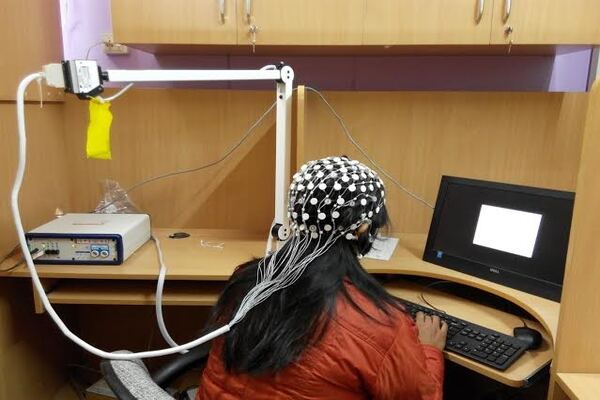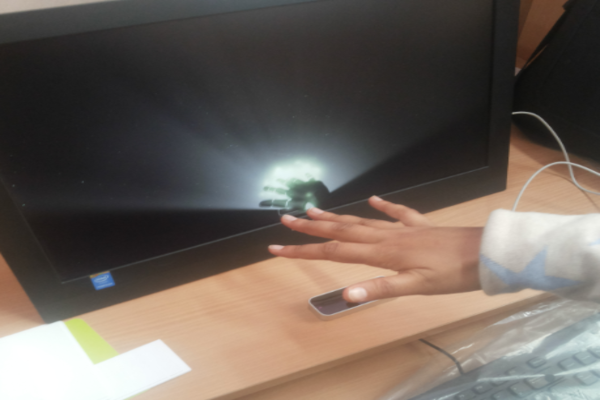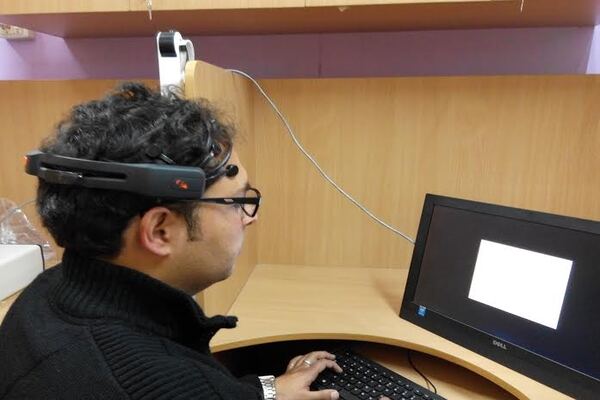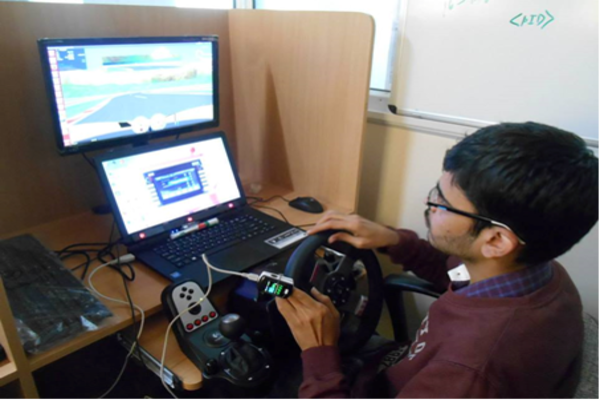32-channel EEG/ERP system (Geodesic EEG System 405)
The IKSMHA has a 32-channel EEG/ERP system from Electrical Geodesics Inc. (EGI). The system includes: 32-EEG channel Geodesic Sensor Nets, Net Amps 400 amplifier with remote upgrade abilities, sampling rate up to 1000 Hz, Net Station 5 EEG acquisition and review software, MacBook Pro, iMac or Mac Pro computer, and hospital grade isolation transformer. Using a net structure to hold the electrodes in place, Geodesic EEG allows all 32-electrodes to be applied simultaneously. The Net Station 5 software features an intuitive interface for fast EEG data acquisition and review. The Geodesic EEG system provides superior whole head coverage over traditional caps while including the standard 10/20 sensor arrays. The clinical applications for the EEG system include: Routine EEG, Long-term monitoring, Pediatric neurology, and Neuroimaging. At IKSMHA Centre, the system is being used to develop neural correlates to behavioral data in several decision-making tasks.





